What’s next for restaurants?
This blogpost is inspired by an interesting exchange I had with Matt Newberg of Hngry — on the future of restaurants and cloud kitchens (see thread).

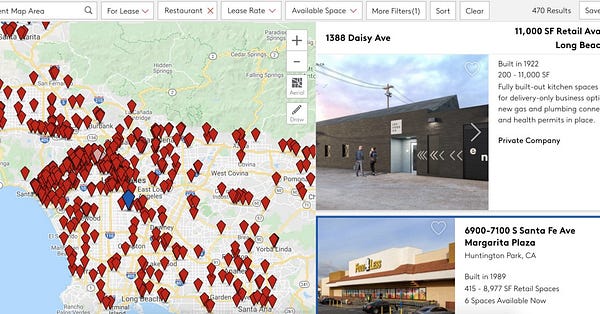
The big question is — what is the role of restaurants in our future?
Matt’s argument is as follows: cloud kitchens will be taken over by big chains edging out local restaurants from delivery — restricting them to experiential dining.
Let’s dive in.
Ghost Kitchens: AWS for Restaurants? Co-working space for restaurants?
Ghost kitchens are modular kitchens purpose built for delivery only. Imagine a parking lot or a warehouse that is converted into a WeWork for Restaurants. Think 20-30 kitchens (see below) inside a building with custom equipment, parking for gig economy drivers, delivery optimised waiting areas, state of the art storage and waste disposal systems — the whole nine.
Restaurants can easily set up a kitchen operation inside a facility operated by companies like Smart City Kitchens or Grab Kitchens, plug into delivery networks operated by Uber Eats/Food Panda etc. and start delivering their food.
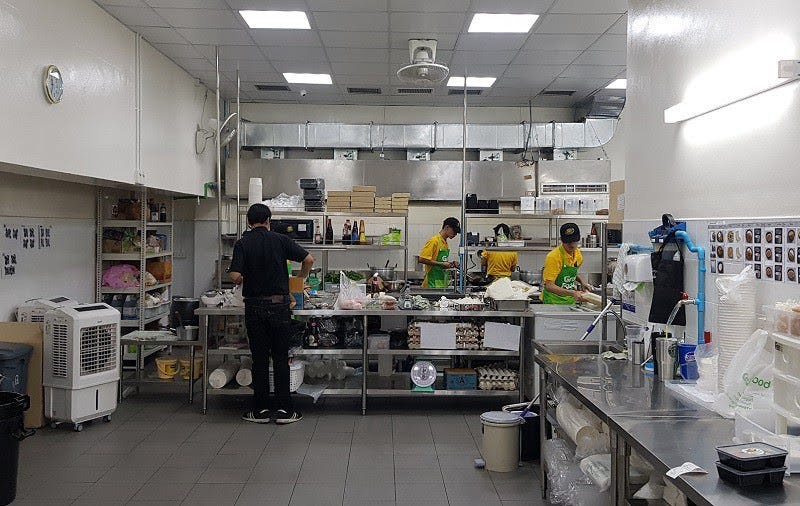
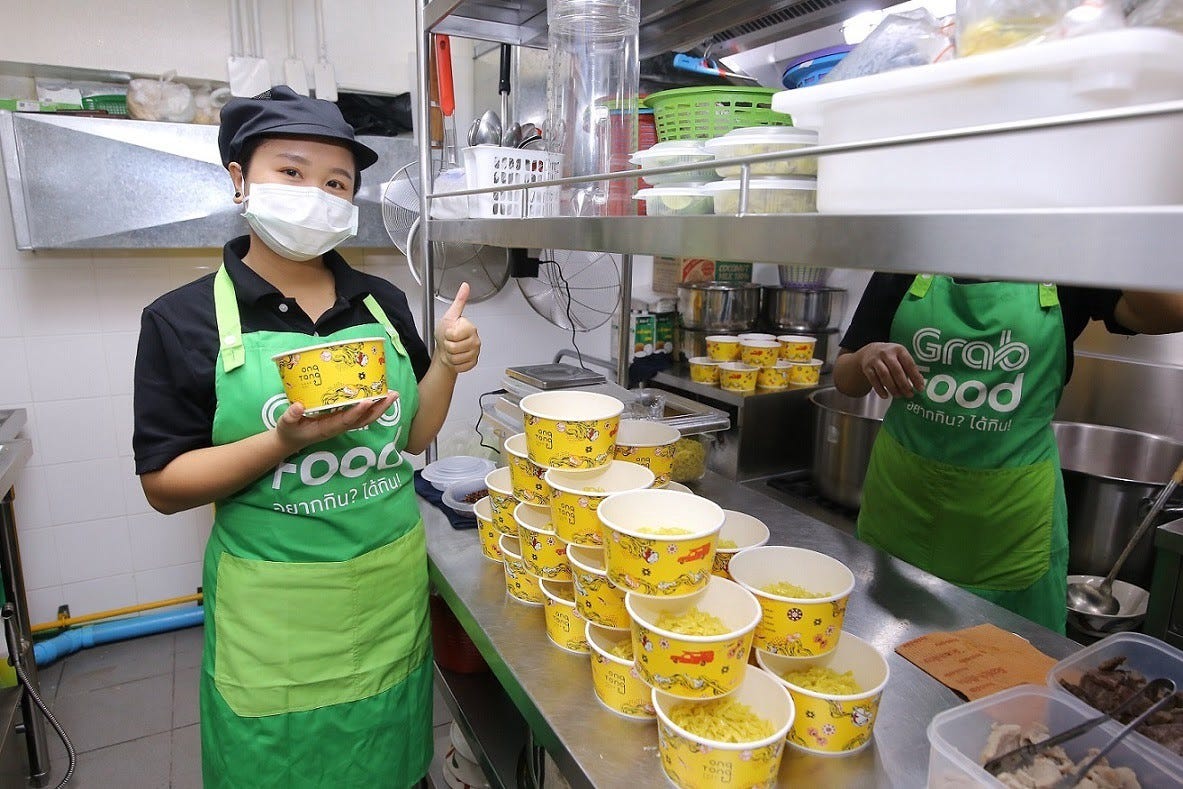
credit: https://techsauce.co/en/news/grabkitchen-in-bkk

Modular Kitchen at Smart City Kitchens, Singapore
Ghost Kitchens: Doing More with Less.
Technology is a way to do more with less. It is inherently deflationary, because it prioritises the intense and efficient utilisation of resources creating positive supply shocks.
Typically, a restaurant owner could spend $300k and take 6+ months to start a restaurant.
Ghost kitchens have collapsed that upfront fixed cost into a variable cost. Restaurants can start up for as little as $10k and spin up operations within 6 weeks.
Here’s a quick comparison of the numbers from a presentation by Singapore’s Smart City Kitchens.

Here’s a comparison of India the math featured in INK42.


Source: https://inc42.com/features/the-economics-of-foodtech-part-2-cloud-kitchen-math/.
This infrastructure is a net positive.
The only losers are owners of prime commercial real estate (accruing from rent losses) and banks (accruing from decreased borrowing). Well, cry me a river.
Parallels from Content
In the 2020s, food will have its ‘internet moment’ and evolve similar to how content has evolved in the last decade or retail in the last two decades.
The Hollywood Version: A few powerful studios produce overdone tropes and formulaic movies over and over. Think superhero movie franchises and Iron Man 12.

Will ghost kitchens McDonaldize the food chain by using data to double down on the food that ‘works’ (looking at you butter chicken)… ignoring the long tail (sorry, no shrimp vindaloo for you)? Big corporations don’t have an incentive to cater to the long tail (innovator’s dilemma)… so do we risk losing heirloom recipes to industrial fryers?
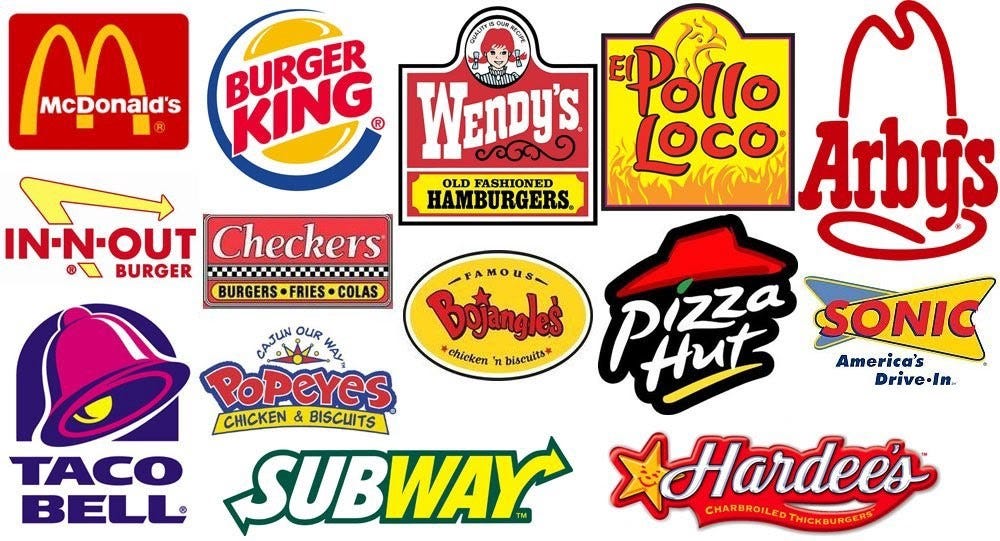
(photo credit: https://www.assuntoscriativos.com.br/2012/03/5-historias-que-voce-nao-sabia-sobre-os.html)
The food you buy in your supermarket is owned by a few corporations. Will restaurants follow a similar path of centralisation?
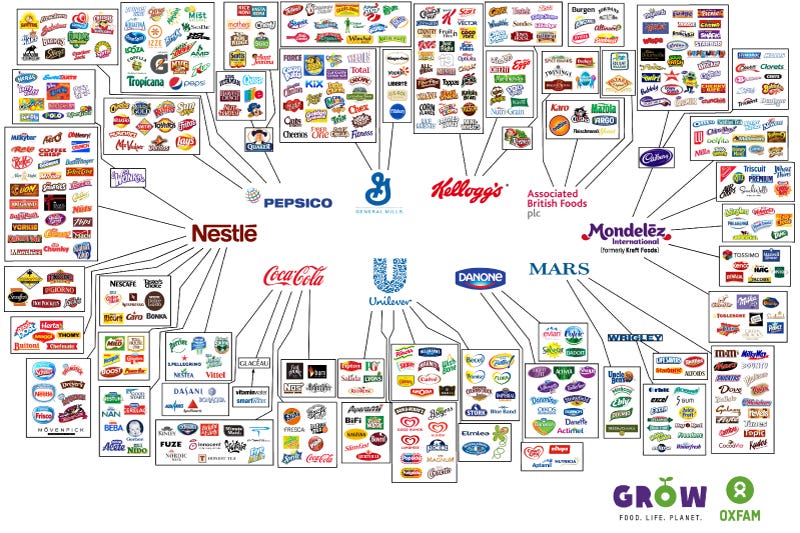
(picture credit: https://www.businessinsider.com/10-companies-control-the-food-industry-2016-9)
And why hasn’t this happened already anyway?
A restaurateur friend explained this to me, “food is art. There’s a natural ceiling to scaling these things. Why are Big Chains restricted to Pizzas, fried chicken and burger? Standardisation works for a narrow sliver of dishes. You can industrialize local restaurants all you want… consumers just won’t buy.”
I like talking to restaurateurs because they keep you grounded.
Which brings us to…
The YouTube version: Ghost kitchens abstract away the complexity of running a restaurant allowing mom & pop restaurants and successful chefs to successfully launch restaurants.

credit: https://bit.ly/38flOjK
Ghost kitchens have the potential to liberate a new generation of food entrepreneurs & ‘food artists’ by lowering the entry barriers to start a restaurant — making hobby chefs, full-time chefs and mom & pops — entrepreneurs in their own right.
Sort of like what YouTube did for creators. There’s already a flurry of internet native food brands being born right now — see for eg., $ushi $nob. It’s a quirky, LA-based sushi brand that doesn’t disappoint. More LSD-induced brand work here.

credit: sushisnob.co

credit: sushisnob.co
I’d also hesitate to conclude that restaurants are pawns in the equation.
Restaurateurs are some of the grittiest people on the planet. They survive an industry that has an eye-bleeding casualty rate — I wouldn’t write off their ability to adapt to a digital first world and survive.
Add to this the eternal competition between aggregators (eg., Amazon) and platforms (eg., Shopify) — the hunger games have just begun.
The arc of the internet is long, but it bends toward the tails.
Ghost kitchens will create both the billionaire chef and thebillion dollar food service corporation.
Companies like Sweet Green will take advantage of this easy infrastructure and create successful digital brands that scale with cloud kitchens. At the same time, they will face stiff competition from the local restaurants that will build global brands aided by the best in class digital marketing teams.
Here in Singapore, over 66% of its facility hosts local restaurants (under 3 outlets) in a cloud kitchen facility in Tampines.
Similarly, Grab has between 70–80% of its facility occupied by mom & pop restaurants in its Indonesian facility.
Platform v. Aggregator: Lessons from retail.
If you apply the dystopia-mongering line of argument to retail — Amazon should have monopolised online retail by mass producing goods leaving the only experiential shopping for the mom & pop stores.
Instead, we had companies like Shopify born out of the ashes of centralisation.
“Amazon is trying to build an empire… Shopify is arming the rebels.”— Tobias Lütke, CEO Shopify
Shervin Pishevar was on point with this tweet.


Ben Thompson writes about Shopify and the power of platforms.
To that end, I would argue that for Shopify a high churn rate is just as much a positive signal as it is a negative one: the easier it is to start an e-commerce business on the platform, the more failures there will be. And, at the same time, the greater likelihood there will be of capturing and supporting successes.
This is how Shopify can both in the long run be the biggest competitor to Amazon even as it is a company that Amazon can’t compete with: Amazon is pursuing customers and bringing suppliers and merchants onto its platform on its own terms; Shopify is giving merchants an opportunity to differentiate themselves while bearing no risk if they fail.
While Cloud Kitchens has partnered with a sister marketing organization called Future Foods; and it is easy to imagine digital marketing agencies that will fashion themselves purely for this purpose.
Influencers in Singapore got together to launch their own restaurant brands powered by a local cloud kitchen operation.
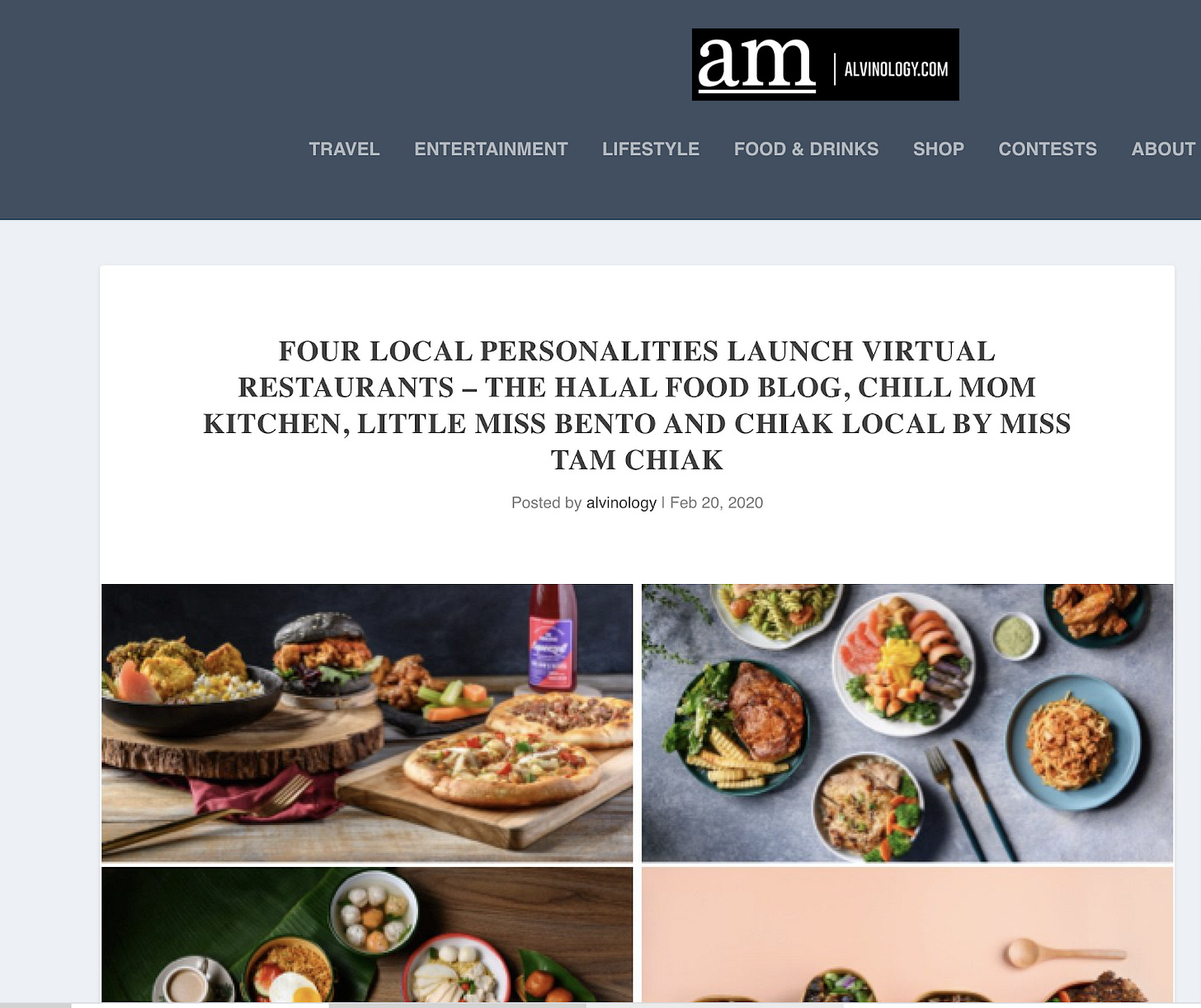
credit: https://bit.ly/3dVdx69
The next iteration is a Shopify-like platform that allows savvy digital marketers to match with local restaurants to create and launch a brand within minutes. Lunchbox may be able to pull this off.
“Restaurants are front and centre for our kitchens. We’re building infrastructure — physical and digital — that will support restaurants to succeed in this new environment. We see a future where local restaurants and passionate chefs can leverage tech and distressed real estate to more easily share their passion with their customers.”
Sai Alluri, Head of Grab Kitchens, Asia
Artists, entrepreneurs and talented chefs will be liberated from the clutches of large corporations, landlords and banks… and if there’s anything to be excited about — it is that a new class of creative careers in the restaurant industry will be unleashed.
Restaurants may be closing for business, but they’re opening for art.



